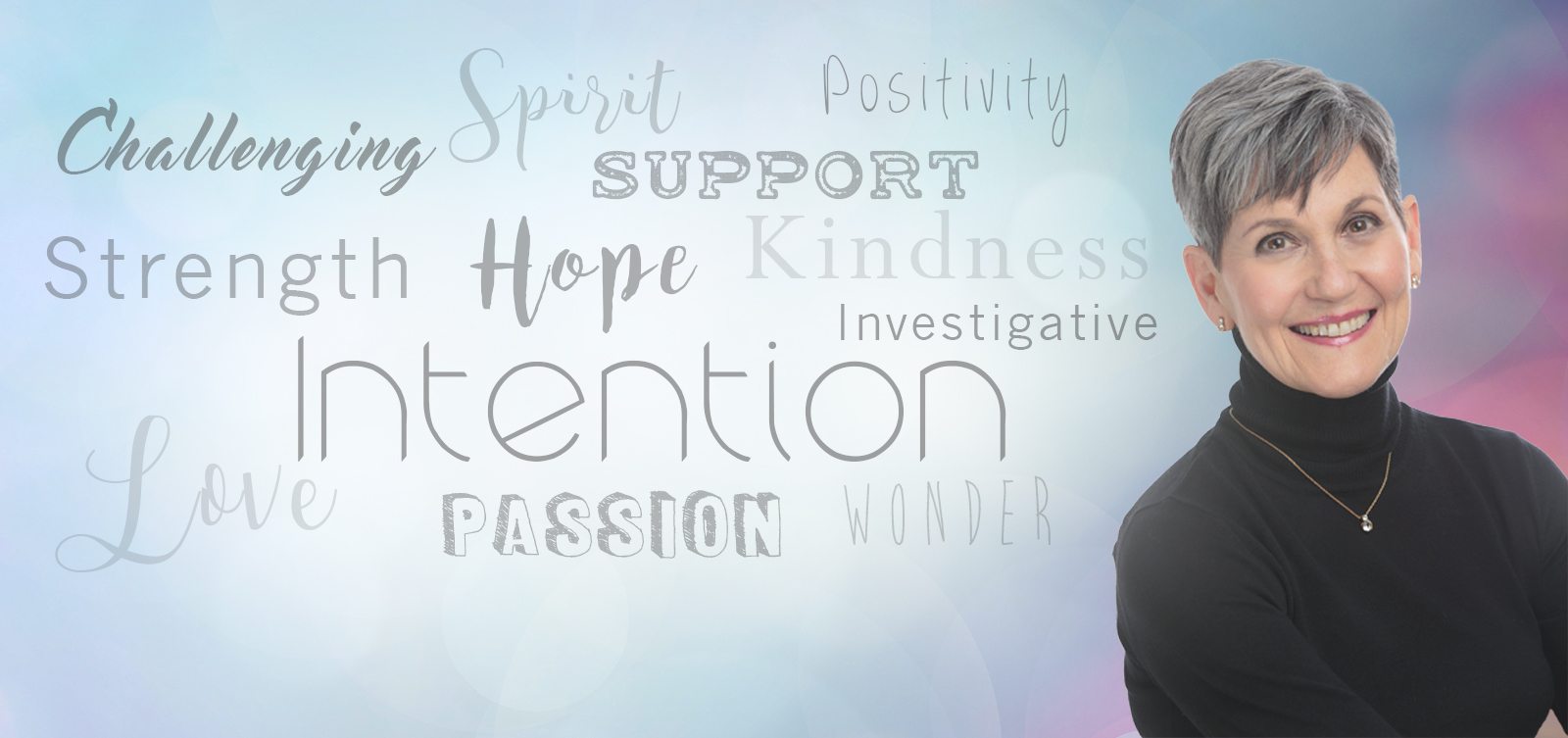
We are a society gripped by constant pain of one sort or another – and life appears to be getting more painful by the year. In the UK alone, according to the UK government, at least a third of all households – representing some eight million of us – have one or more members suffering from moderate-to-severe persistent pain of some variety. This is two to three times more than the number of sufferers in the 1970s.
Matters are even worse in the US. According to the American Pain Foundation, more than 26 million Americans aged 20-64 experience frequent back pain alone. Almost a third of all adults aged 65 or over report some variety of knee pain, and more than one-sixth report having hip pain or stiffness. Staggeringly, some 25 million cases of pain have to do with migraine, or jaw or lower facial pain such as the temporomandibular joint (TMJ).
We are a society gripped by constant pain of one sort or another – and life appears to be getting more painful by the year. In the UK alone, according to the UK government, at least a third of all households – representing some eight million of us – have one or more members suffering from moderate-to-severe persistent pain of some variety. This is two to three times more than the number of sufferers in the 1970s.
Matters are even worse in the US. According to the American Pain Foundation, more than 26 million Americans aged 20-64 experience frequent back pain alone. Almost a third of all adults aged 65 or over report some variety of knee pain, and more than one-sixth report having hip pain or stiffness. Staggeringly, some 25 million cases of pain have to do with migraine, or jaw or lower facial pain such as the temporomandibular joint (TMJ).
Despite the fact that pain is the biggest ‘illness’ of our times – vastly overtaking cancer, diabetes or any of the other degenerative diseases in its incidence – medicine’s only answer is to use chemicals to block or suppress pain signals or inflammation in the nerves, brain or muscles. Millions of patients survive their years on over-the-counter medications, such as paracetamol, aspirin and the other non-steroidal anti-inflammatories, despite warnings against their long-term use.
It’s now becoming obvious, though, that the pills just don’t work.
Most nursing home patients remain in moderate or severe pain, despite the universal use of a plethora of pain-killing medications. And most of the rest of us report that for much of the time our pain is beyond the reach of most drugs.
This is not surprising, given what we’re now learning about how the body works. The rationale for pharmaceutical medicines rests on the premise that chemical processes in the body progress in a linear and orderly fashion, so that a drug can precisely target tab A in order to pop it into slot B.
However, we’re now beginning to realize that chemical reactions in the body are distinctly not linear, but chaotic. As frontier biologist Bruce Lipton observed in his seminal book The Biology of Belief, interactions between a small group of cellular proteins in fruit-fly cells involved in the synthesis and metabolism of RNA molecules make up an impossibly complicated web of interconnectedness that can never be reduced to a simple linear progression of cause and effect.
Recently, scientists have theorized that the more than 6000 proteins in the human body have a network of more than 70,000 physical interactions. Proteins with certain physiological functions such as gender determination also influence proteins that have an entirely different job, such as RNA synthesis. Trying to tease apart or isolate any protein’s sole job in ay genuine sense becomes virtually impossible.
Furthermore, we are now beginning to recognize that Nature is economical with its building blocks: the same proteins or signals may be used in entirely separate organs or tissues of the body for completely different functions.
Pain, we are learning, is not merely symptomatic of mechanical parts breaking down, but relates to a complex interaction between mind and body. New theories shows that pain results not only from mechanical effects on the nerves, but also from what is referred to as ‘biochemical irritation,’ which can come from any physical, mental or emotional cause. New evidence, for instance, shows that pain is often the side-effect of a simple lack of vitamin D – which may be why British people, for instance, living in a sunshine-poor country, have a proportionately high incidence of pain.
One of the major causes of persistent pain is emotional stress. A number of maverick practitioners, like the now retired Dr John Sarno, clinical rehabilitative expert formerly at the New York University School of Medicine and attending physician at the Howard A. Rusk Institute of Rehabilitative Medicine, reckons that virtually all back problems are caused by unresolved emotional stress, and some 85 per cent of his patients resolve their back pain by finding closure on these emotional issues.
This means that many alternative forms of new medicine can treat pain by targeting mental and emotional issues. Practitioners of these new modalities now recognize that pain can be a symptom of too little or too much of something our body needs, but also something unresolved in our emotional past. By addressing the emotional issues with one of the new energy medicine techniques, practitioners can accomplish the seemingly impossible: years of intractable pain can vanish in five minutes.
Clearly, it’s time that we stop trying to just temporarily turn off pain, and instead, listen harder to what it’s trying to tell us.

Facebook Comments